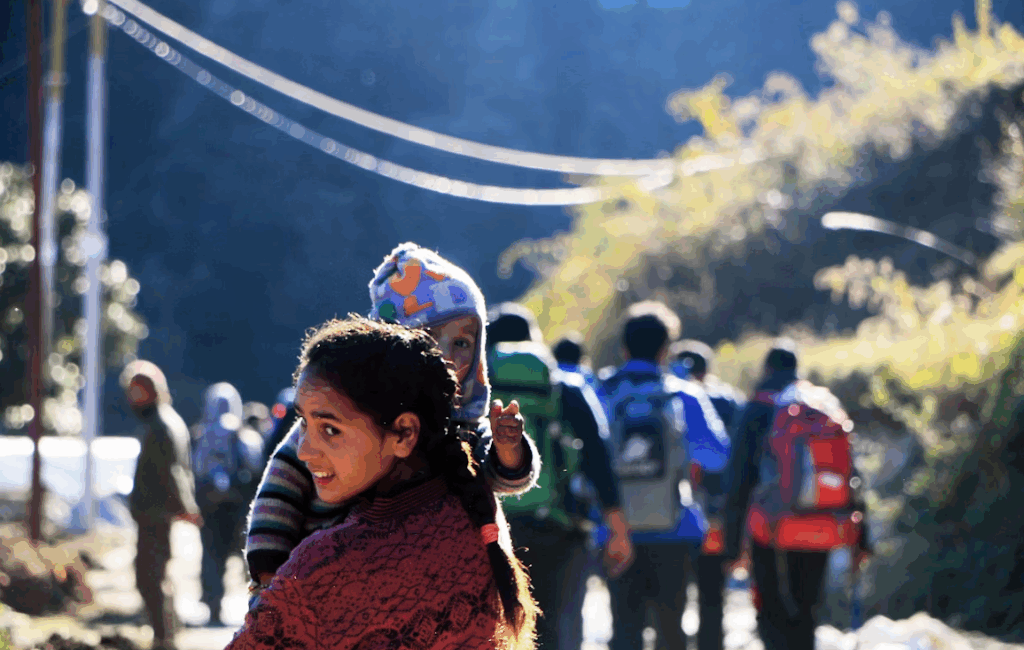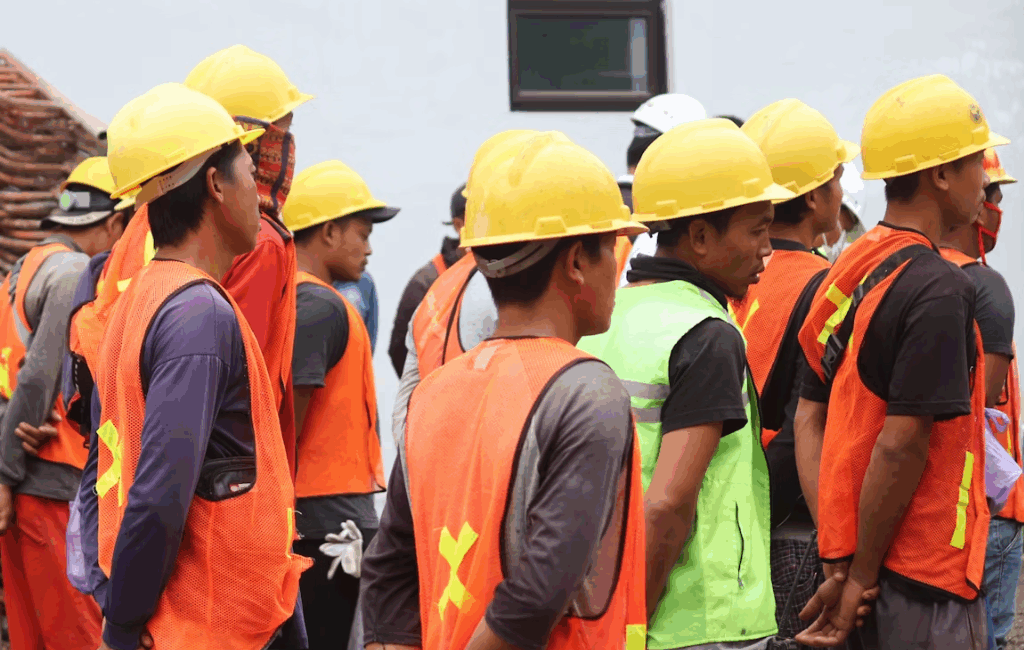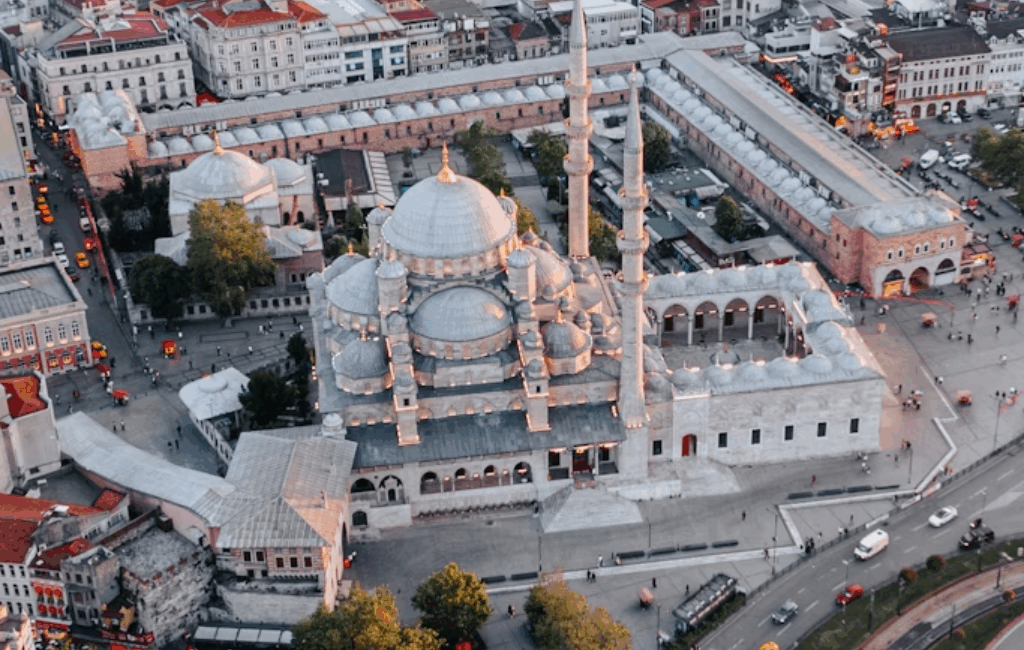
RESEARCH EXCHANGE
Why is the social inclusion of migrant children in Europe so challenging? New indicators shed light
Author
About
Yoan Molinero Gerbeau
rights and protection
Despite the importance of integrating migrant children, Europe has not established a cohesive strategy.
Migrant children have diverse backgrounds and legal statuses. They experience unique risks of vulnerability but also have incredible strengths. With an ageing population and declining birth rates, Europe could benefit immensely from the successful inclusion of migrant children. Nonetheless, their diverse backgrounds, legal statuses, and unique needs require specific tools for it. Early integration in schools has proved to be one of the best ways to build up an inclusive and equal society. This approach helps prevent future social exclusion, which can lead to poverty, and labour and sexual trafficking or exploitation.
Despite the importance of integrating migrant children, Europe has not established a cohesive strategy due to a lack of high-quality data and monitoring tools. Integration continues to be ad-hoc and developed locally. Though numerous integration plans have been proposed and run by states and various organisations, including civil society, the integration of migrant children in Europe remains a significant challenge.
Based on participatory research with 25,000 children in Belgium, Ireland, Italy, Germany, Greece, and Spain, in this short, we describe the IMMERSE project’s work to identify the unique needs of migrant children in Europe and what tools and strategies could support their integration.
Diverse needs and challenges
Migrant children in Europe differ significantly in cultural and social backgrounds, legal status, age, and whether they migrated alone or accompanied. The IMMERSE project found:
- Many migrant children report unhappiness and distrust in schools and teachers.
- Many also say that they avoid specific public spaces for fear of mistreatment.
- Non-binary children face even more significant difficulties.
- European states often lack long-term integration plans for unaccompanied minors, leading to their marginalisation when they reach adulthood. In addition, the absence of specific curricula in host country languages and vocational training exacerbates these issues, wasting potential talent, increasing marginalisation, and impacting social cohesion in the medium and long term.
The results show that while the situation is not dire, it requires constant attention to prevent problems from becoming chronic and migrant children from ending up segregated or marginalised in European societies.
In response to these challenges, the IMMERSE project developed a new set of indicators and an interactive dashboard on the integration and socio-educational inclusion of refugee and migrant children in Europe. The measures were developed through qualitative research inputs, literature review, and validation processes involving both adult and child stakeholders. The indicators provide a multidimensional, child-centred perspective on integration, helping identify barriers and facilitators.
Indicators include integration results:
- access to rights
- language and culture
- well-being and
- social connectedness.
Indicators also include barriers and facilitators to integration :
- political leadership
- school segregation
- school organisation and teachers
- learning support
- mental health services
- negative attitudes
This approach ensures that the unique experiences and needs of migrant children are considered in the development of policies and interventions.
What projects are currently doing to support the social inclusion of migrant children
IMMERSE’s findings highlight the need to strengthen education systems to promote intercultural education and provide effective psychosocial care for migrant children. To understand how different initiatives in Europe are tackling problems affecting migrant children, IMMERSE also created a database. The database showcases how various projects are taking a multifaceted approach to the socio-educational inclusion of children with a migratory background.
What are most projects in Europe doing to support the social inclusion of migrant children?
- 95% of these projects address multiple target groups, and 78% implement a variety of activities, recognising the complexity of integration processes. For example, 25 of these initiatives provide language classes to support mother tongue and host country language acquisition.
- 55% offer extracurricular activities such as homework support and leisure activities, including sports, music, art, and dance.
- Vocational training, internships, and professional development for educators are integral to nearly a third of the projects.
- Around 30% include support services like legal and school counselling, psychological assistance, and family interventions to engage parents in the integration process.
What would better social inclusion look like?
Through IMMERSE, we now have a comprehensive picture of the situation of migrant children in Europe. Here are five things that can support their social inclusion:
-
-
Enhance Language Support: Provide targeted language learning programs to help migrant children achieve fluency and feel more integrated.
-
Foster Inclusive Environments: Develop policies and practices that promote inclusivity in schools, such as preparatory classes for newly arrived migrant adolescents or developing peer community programs , ensuring that all children feel a sense of belonging.
-
Strengthen Support Networks: Increase support from peers, teachers, and community services to help migrant children overcome challenges and thrive in their new environments.
-
Strengthen Education Systems: Promote intercultural education, adapting their curriculums and organising school-wide celebrations, and provide psychosocial support to address the unique needs of migrant children.
-
Develop Long-Term Integration Plans: Create specific curricula and training programs for unaccompanied minors to help them integrate and succeed.
-
Yoan Molinero-Gerbeau is a senior researcher at IUEM-Comillas University and editor-in-chief of the journal Migraciones.
Learn more:
- Working Paper – Intercultural competences and multilingualism
- Policy Recommendations – Refugee and migrant children integration
- Dashboard – Socio-educational integration indicators
Submit your idea for a ‘short’ to be featured on the Co-Lab.












